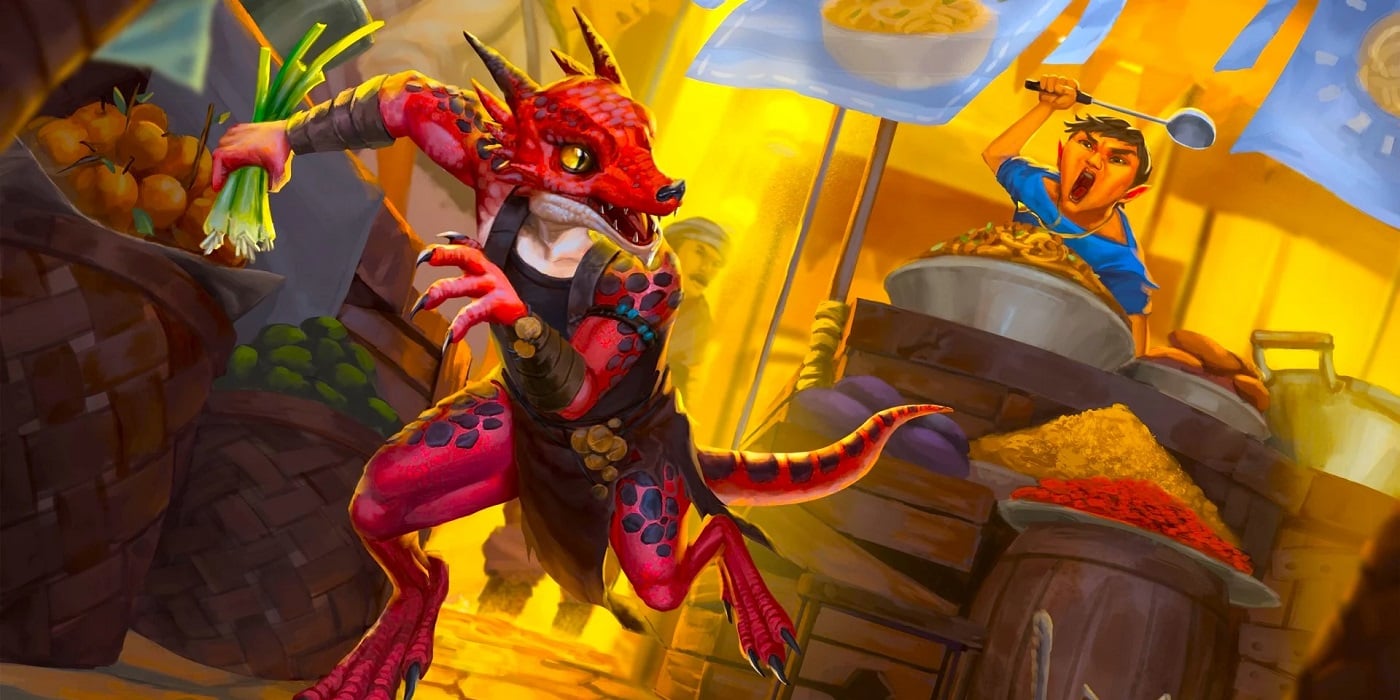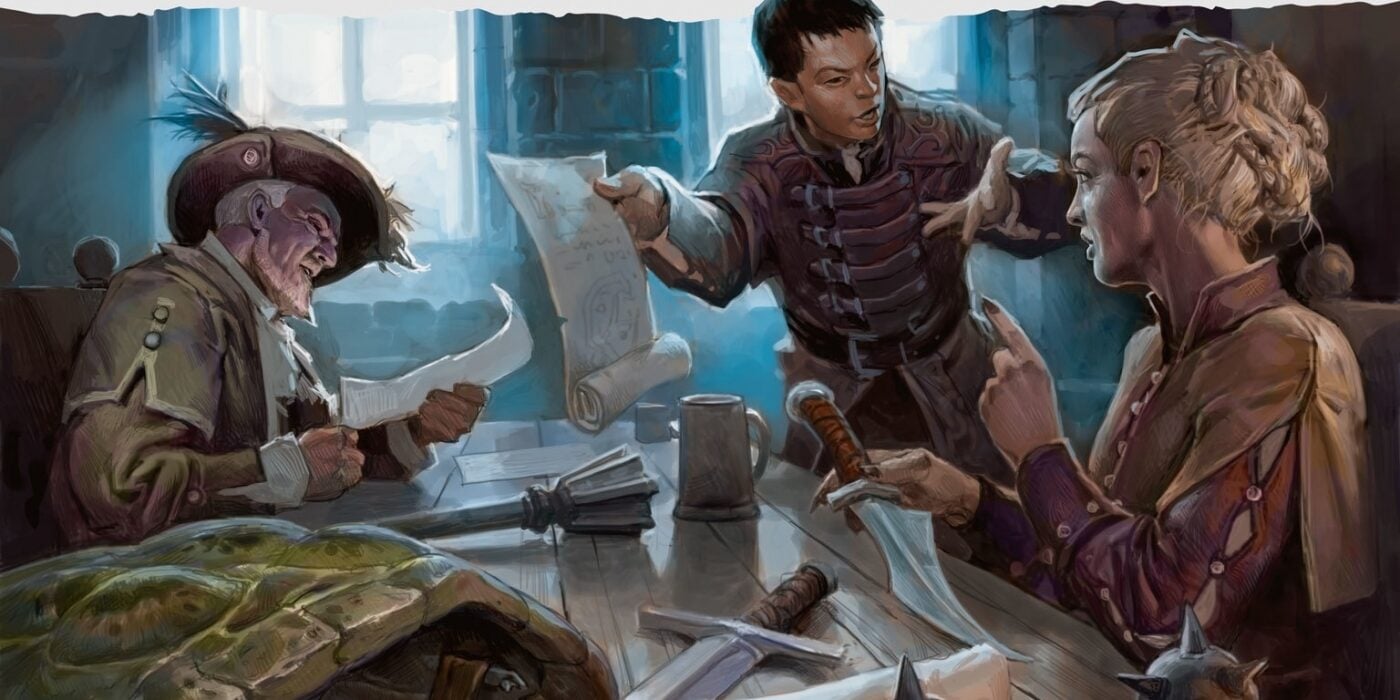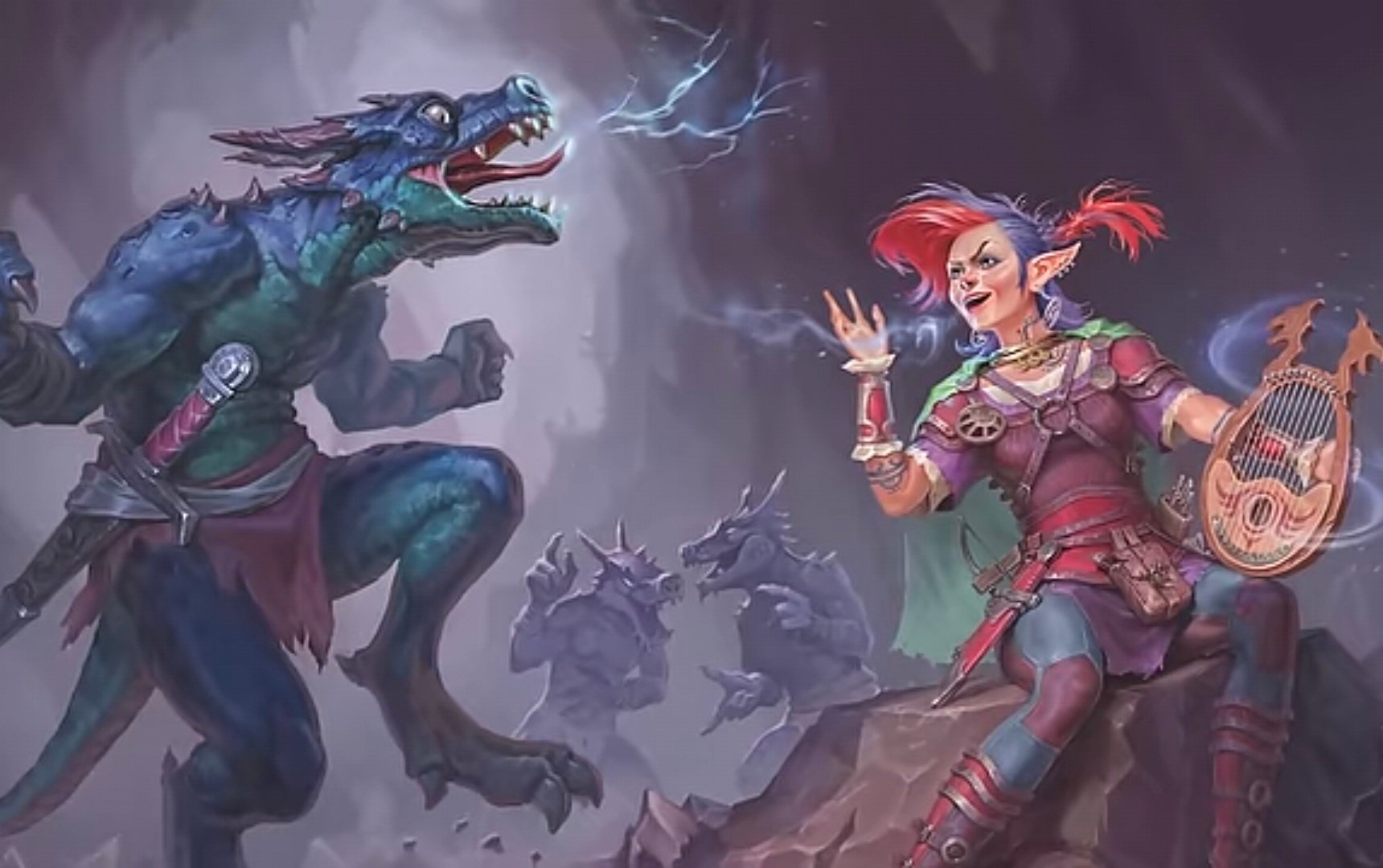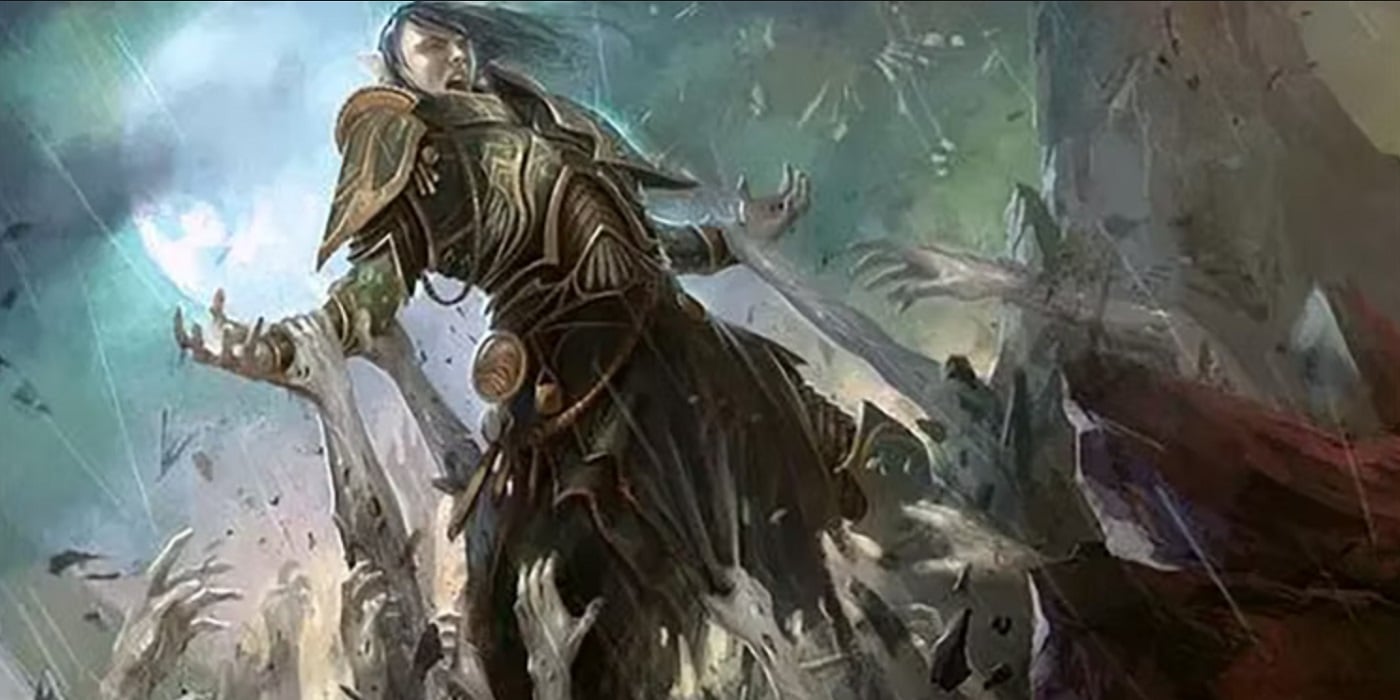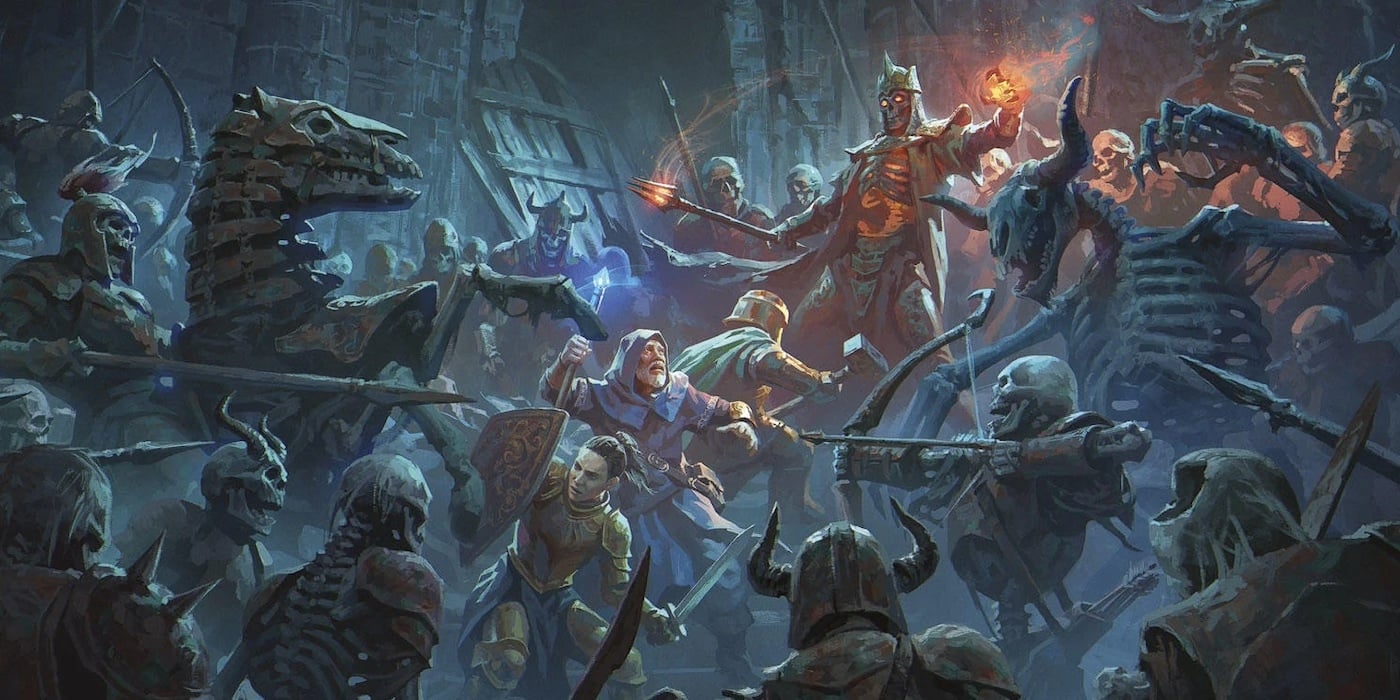D&D: Five Ways to Raise the Stakes

How do you let the party know that this time things are actually dangerous? Here are five ways to raise the stakes.
One of the hardest things in D&D, especially in the 5.X days, is convincing players that the danger posed by whatever villain looms on the distant horizon is worth considering. Or that their characters might be in a bit over their heads. It’s an understandable dilemma. D&D delivers in spades on the idea of a power fantasy, and once you get past level 3 it becomes harder and harder to really imply that there may be problems out there that are worth “taking seriously”.
That’s when it’s time to raise the stakes. To show that the goblin bandits lurking in the woods might just be bandits, but they’re still capable of causing havoc. Of being a menace. So here’s a few ways to do exactly that.
Threaten a Beloved NPC
Nothing raises the stakes faster than putting someone the PCs care about in jeopardy. The kidnapped prince/princess (or more likely baker/bartender/innkeeper) after all, is a tried and true trope for a reason. D&D is famoulsy a game about getting the party to fall in love with weird little guys.
Well once they have, put the little guy in danger and the stakes instantly are up. They don’t even have to be kidnapped to raise the stakes—you can have a little roleplaying scene where the NPC expresses worry or have players discover the bandits’ plan to kidnap the NPC and boom. Suddenly the next encounter has an added element to it.
Start a Ticking Clock
Another great way to raise the stakes is to imply a time limit. Start a countdown clock. Maybe it’s something that players understand, like writing “Ascension Ritual” and it’s a little box that fills in segment by segment, and when it’s done, the Ascension Ritual is complete. Maybe it’s something more vague, like putting a D20 on the table and slowly ticking it down.
Whether you choose to let the players know what the clock is counting down to or not, once you start ticking time (be it days, months, minutes, or even rounds), people start to pay attention to what they’re doing. Knowing there’s some kind of limit adds a little bit of pressure to whatever else is going on.
Consequences? For MY Actions?
Oftentimes in D&D or other RPGs we delight in letting the dice fall where they may and then figuring out what they mean once we know what the result is. But man, one way to really up the stakes is to outline clearly what the consequences are for a given roll, both for success and for failure. Make it clear that “if you fail this persuasion check, you’re going to jail, but if you succeed you’re free to go” or what have you.
It’s showing the barrel of the gun, to borrow a phrase from Powered by the Apocalypse games. There’s power in knowing what could happen. Especially when it’s up to the dice to decide.
The Old Box o’ Doom
This is a trick you may well have seen on Dimension 20, where, when certain important rolls are about to happen, they pull out this amazing dice pit that is a box with a camera pointed on to it, sculpted into like a skull mouth situation, and you can see whatever the roll is right then and there.
You might not have the actual box of doom, but you can spotlight an important roll. Call for it to be made in the middle of the table, where all can see. It sort of reframes the focus of where the dice roll is—everyone will be watching.
And make sure everyone knows what the DC is as well, so they know what number they’re trying to roll.
Let Bad Things Happen on Occasion
Finally, this last one is perhaps one of the most underrated ways to raise the stakes, but on occasion, bad things can happen in the world. Even when the players do everything “right,” so to speak. There’s an episode of Star Trek: The Next Generation where Picard explains to Data that sometimes it’s possible to commit no mistakes and still lose; that is not a weakness, that’s life.
And sometimes that’s life in D&D. Maybe the PCs saved a town from a bandit attack, but while they were busy fighting them, the bandit leader escaped. Or the evil duke advanced his schemes. Or any number of other negative consequences.
This is a really hard one to juggle, because people don’t like to lose. And they especially don’t like to feel like things aren’t fair, or that the DM is railroading them. It takes nuance to figure out what kinds of bad things might happen, what wins the villain might get. I’d say take care with this one, but a little bloodied nose can go a long way.
Happy adventuring!

